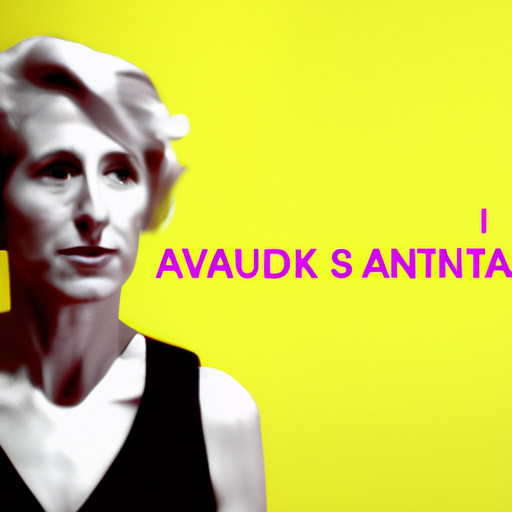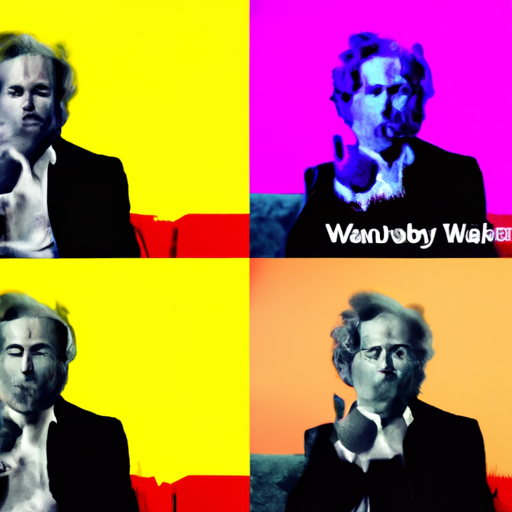
-
Table of Contents
- Visual Haikus: Concise Expression in Design
- What are Visual Haikus?
- The Benefits of Visual Haikus
- Examples of Visual Haikus in Design
- Graphic Design:
- Web Design:
- Advertising:
- Case Studies: The Power of Visual Haikus
- Case Study 1: Coca-Cola’s “Share a Coke” Campaign
- Case Study 2: Apple’s “Think Different” Campaign
- How to Create Effective Visual Haikus
- Conclusion
Visual Haikus: Concise Expression in Design

Design is a powerful tool for communication, and in a world where attention spans are shrinking, the ability to convey a message quickly and effectively is more important than ever. Visual haikus, inspired by the traditional Japanese poetry form, offer a unique approach to concise expression in design. In this article, we will explore the concept of visual haikus, their benefits, and how they can be effectively used in various design disciplines.
What are Visual Haikus?
Visual haikus are a form of design that distills complex ideas or emotions into a concise and impactful visual representation. Just like traditional haikus, which consist of three lines and a total of seventeen syllables, visual haikus aim to convey a message or evoke a feeling using minimal elements.
These minimalist designs often rely on simplicity, negative space, and symbolism to communicate their intended meaning. By stripping away unnecessary details, visual haikus create a sense of focus and clarity that can resonate with viewers on a deeper level.
The Benefits of Visual Haikus
Visual haikus offer several benefits that make them a valuable tool in design:
- Concise Communication: By distilling complex ideas into simple visuals, visual haikus allow for quick and efficient communication. They capture attention and deliver a message in a fraction of the time it would take to read a lengthy text.
- Memorable Impact: The simplicity and elegance of visual haikus make them memorable. They have the power to leave a lasting impression on viewers, making them more likely to remember the message or brand associated with the design.
- Universal Understanding: Visual haikus have the ability to transcend language barriers. Since they rely on visual elements rather than words, they can be understood and appreciated by people from different cultures and backgrounds.
- Emotional Connection: By using symbolism and evocative imagery, visual haikus can create a strong emotional connection with viewers. They have the power to evoke feelings of joy, sadness, nostalgia, or curiosity, depending on the intended message.
Examples of Visual Haikus in Design
Visual haikus can be found in various design disciplines, including graphic design, web design, and advertising. Let’s explore some examples:
Graphic Design:
In graphic design, visual haikus can be seen in minimalist posters or logos. For example, the Nike logo, with its simple swoosh, is a perfect example of a visual haiku. It conveys the essence of movement and athleticism in a single, memorable symbol.
Web Design:
Web designers often use visual haikus to create impactful landing pages or user interfaces. The website for Apple’s AirPods Pro is a great example. The page features a clean, minimalist design with a single image of the product and a concise headline. This visual haiku effectively communicates the product’s key features and benefits.
Advertising:
In advertising, visual haikus can be found in print ads or billboards. The “Got Milk?” campaign, featuring simple black-and-white images of celebrities with milk mustaches, is a classic example. These ads convey the message that milk is an essential part of a healthy lifestyle in a visually striking and memorable way.
Case Studies: The Power of Visual Haikus
Several case studies have demonstrated the effectiveness of visual haikus in design:
Case Study 1: Coca-Cola’s “Share a Coke” Campaign
In 2011, Coca-Cola launched the “Share a Coke” campaign, which featured personalized labels with popular names. The design of these labels can be considered visual haikus, as they used minimal elements (the name and the Coca-Cola logo) to create a strong emotional connection with consumers. The campaign was a huge success, increasing sales and generating widespread social media engagement.
Case Study 2: Apple’s “Think Different” Campaign
Apple’s iconic “Think Different” campaign, launched in 1997, featured minimalist black-and-white portraits of influential figures such as Albert Einstein and Martin Luther King Jr. The simplicity and symbolism of these visuals created a powerful message about creativity and individuality. The campaign helped reposition Apple as an innovative and forward-thinking brand.
How to Create Effective Visual Haikus
Creating effective visual haikus requires careful consideration of the message, audience, and design elements. Here are some tips to help you create impactful visual haikus:
- Simplify: Strip away unnecessary details and focus on the core message or emotion you want to convey.
- Use Symbolism: Incorporate symbols or metaphors that resonate with your intended audience.
- Embrace Negative Space: Use empty space strategically to create a sense of balance and focus.
- Experiment with Typography: Play with different fonts and typography styles to enhance the visual impact of your design.
- Consider Color: Choose colors that evoke the desired emotions or associations.
Conclusion
Visual haikus offer a powerful and concise way to communicate ideas and emotions through design. By distilling complex concepts into minimalist visuals, they capture attention, create emotional connections, and leave a lasting impact on viewers. Whether in graphic design, web design, or advertising, visual haikus have the potential to elevate the effectiveness of any design project. By embracing simplicity, symbolism, and negative space, designers can harness the power of visual haikus to create memorable and impactful designs.
